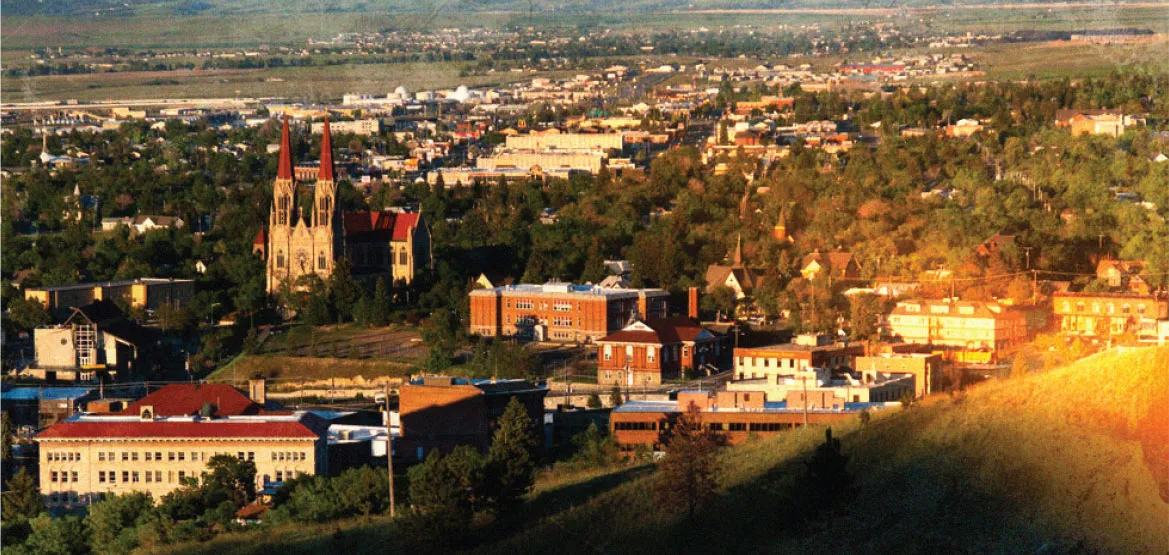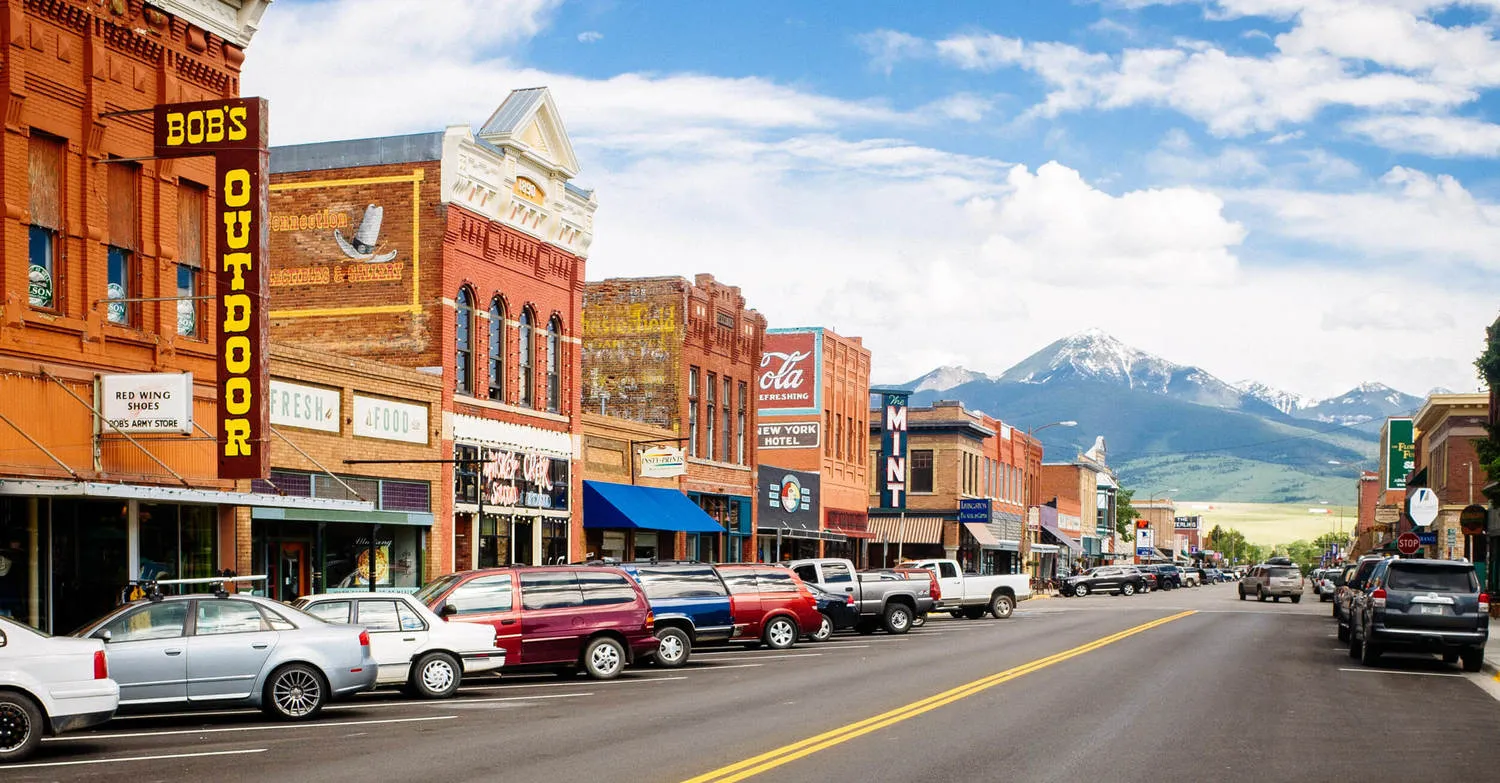Montana, the fourth-largest state in the U.S., is renowned not only for its magnificent natural beauty but also for its rich historical tapestry, deeply rooted in the Wild West. From Native American heritage and the vibrant gold rush era to tales of cowboys and nomadic life, Montana embodies a heroic and diverse past. If you are a history enthusiast eager to delve deeper into this land, Montana’s history museums are an unmissable destination. This article serves as a detailed guide to help you plan visits to the most outstanding history museums, making your Montana exploration even more meaningful and complete.
Montana is more than just a stunning natural landscape with the majestic Glacier National Park and vast prairies; it’s also a place that preserves captivating historical narratives spanning centuries. History museums in Montana play a vital role in conserving and showcasing the state’s cultural and historical heritage to visitors from around the globe. By visiting these museums, you’ll have the chance to journey back in time, learning about the lives of Native peoples, the adventures of explorers, the development of the mining industry, and many other facets of Montana’s history.
Why Visit Montana History Museums?
Visiting a history museum is more than just observing exhibits; it’s a journey of cultural and identity discovery of a region. For Montana, history museums offer unique and valuable experiences:
- Gain a Deeper Understanding of Local History and Culture: Museums are repositories of tangible and intangible evidence from the past. Through artifacts, documents, images, and narrated stories, you’ll gain a comprehensive and profound understanding of Montana’s historical formation and development, from prehistoric times to the modern era.
- Discover Captivating Stories: Montana’s history is filled with fascinating figures and events. From brave Native American tribes and daring explorers like Lewis and Clark, to pioneering homesteaders and influential historical figures, each museum tells distinct, vivid, and inspiring stories.
- Enjoy an Engaging and Visual Learning Experience: Museums are not just for adults but also ideal learning spaces for children and families. Montana’s history museums often feature interactive activities, educational programs, and engaging exhibits, making learning history dynamic and accessible.
- Support Cultural Heritage Preservation: By visiting and contributing to museums, you are participating in the preservation and promotion of Montana’s cultural heritage. This ensures that historical narratives and precious artifacts are passed down to future generations.
Notable History Museums in Montana
Montana boasts numerous history museums spread across the state, each with its own unique character and focus on different aspects of local history. Here are some prominent museums you should include in your itinerary:
Montana Historical Society Museum, Helena

Located in the capital city of Helena, the Montana Historical Society Museum is an excellent starting point for exploring the comprehensive history of the state. This museum showcases a vast collection of artifacts, from Native American tools and gold rush-era items to objects related to the life and culture of Montanans throughout the ages.
Highlights:
- “Neither Empty Nor Unknown: Montana at Statehood” Exhibit: This core exhibit takes you back to the time Montana became a state, exploring the challenges and opportunities faced by Montanans in the late 19th century.
- Native American Collection: The museum houses a rich collection of cultural and historical items from Montana’s Native American tribes, including archaeological artifacts, traditional clothing, and artworks.
- Special Exhibitions: The museum regularly hosts special exhibitions on various historical and cultural topics of Montana, offering fresh and insightful perspectives.
Contact Information:
- Address: 225 N Roberts St, Helena, MT 59601
- Website: statehistoricalsociety.mt.gov
Lake County Museum, Polson
If you are exploring the beautiful Flathead Lake area, don’t miss the Lake County Museum in Polson. This museum focuses on the local history of Lake County and the surrounding region, particularly the history of the indigenous Salish and Kootenai people, who have inhabited this area for thousands of years.
Highlights:
- Salish and Kootenai Culture Collection: The museum displays artifacts, images, and stories about the history, culture, and traditions of the Salish and Kootenai, including crafts, hunting tools, and everyday items.
- Logging and Agriculture History: Lake County has a rich history of logging and agriculture. The museum exhibits artifacts and images related to these industries, showcasing their significant role in the region’s development.
- Outdoor Historic Village: The museum features an outdoor historic village that recreates the life of local residents in the early 20th century, with restored and exhibited historic buildings.
Contact Information:
- Address: 306 Main St, Polson, MT 59860
- Website: www.lakecountymuseum.org
Park County Museum, Livingston

Located in the charming town of Livingston, the gateway to Yellowstone National Park, the Park County Museum is a fascinating destination for those interested in learning about the area’s history. The museum focuses on the history of Park County, from Native American times to the development of the railroad and tourism.
Highlights:
- Railroad Industry Exhibit: Livingston was once a major railroad hub. The museum has a large collection related to railroad history, including locomotives, railcars, and artifacts associated with the industry.
- Yellowstone National Park History: As Livingston is near Yellowstone National Park, the museum also features exhibits on the history of the world’s first national park, from its early establishment to its development as a renowned tourist destination.
- Wild West Life Collection: The museum showcases artifacts related to Wild West life, including firearms, cowboy attire, and homesteader tools.
Contact Information:
- Address: 118 W Chinook St, Livingston, MT 59047
- Website: www.parkcountymuseum.org
Fort Benton Museum, Fort Benton
The Fort Benton Museum in Fort Benton is a significant National Historic Landmark, marking a crucial chapter in the history of trade and exploration in the American West. Fort Benton was once a vital fur trading post and the westernmost navigable point on the Missouri River.
Highlights:
- Fur Trade History: The museum recreates the history of Fort Benton as a bustling fur trading center in the 19th century, where traders and Native American tribes met and exchanged goods.
- Role in Western Exploration: Fort Benton served as a crucial staging and supply point for Western expeditions, including the Lewis and Clark Expedition.
- Restored Historic Buildings: The museum includes restored historic buildings, helping visitors better visualize life at the fort in the 19th century.
Contact Information:
- Address: 1801 Front St, Fort Benton, MT 59442
- Website: www.fortbenton.com/museum
Ravalli County Museum & Historical Society, Hamilton
The Ravalli County Museum & Historical Society in Hamilton is a diverse museum that combines local history and art. This museum displays historical artifacts related to Ravalli County and the Bitterroot Valley area, as well as artworks by local artists.
Highlights:
- Bitterroot Valley History: The museum explores the rich history of the Bitterroot Valley, from the time of the indigenous Salish people to the development of agriculture and forestry.
- Local Art Collection: The museum exhibits diverse artworks, including paintings, sculptures, and crafts, reflecting the talent and creativity of artists in the region.
- Programs and Events: The museum regularly hosts educational programs, workshops, and special events, attracting community members and visitors to participate.
Contact Information:
- Address: 205 Bedford St, Hamilton, MT 59840
- Website: ravallimuseum.org
Tips for Visiting Montana History Museums
To have a fulfilling and meaningful visit to Montana history museums, keep in mind these tips:
- Plan Ahead: Research information about the museums you want to visit, including opening hours, admission fees, and current exhibits. Plan your travel and visit times reasonably so you don’t miss any destinations.
- Learn About the Museum’s Theme: Before visiting a museum, briefly research its main theme. This will help you be better prepared and gain a deeper understanding of what you will explore.
- Join Guided Tours: If possible, join guided tours at the museum. Guides will provide detailed and interesting information about artifacts and historical stories, enriching your visit experience.
- Allocate Sufficient Time: Don’t rush when visiting a museum. Spend enough time to read the information carefully, admire the artifacts, and contemplate the historical narratives you learn about.
- Interact and Ask Questions: Don’t hesitate to interact with museum staff or guides if you have any questions. They are always willing to share knowledge and help you better understand Montana’s history.
- Combine Museum Visits with Other Attractions: Combine visiting history museums with other natural and cultural attractions in Montana for a diverse and complete exploration journey. For example, after visiting the Park County Museum in Livingston, you can continue your journey to Yellowstone National Park.
Conclusion
Montana’s history museums are gateways to the captivating past of this Wild West region. From stories of Native Americans and explorer adventures to the development of the mining industry and the lives of pioneers, each museum offers unique and valuable experiences. Hopefully, with this guide, you will have a memorable and meaningful journey exploring Montana’s history museums, enriching your Montana trip. Plan your visit today and begin your journey back in time to discover the mysteries and historical beauty of Montana!